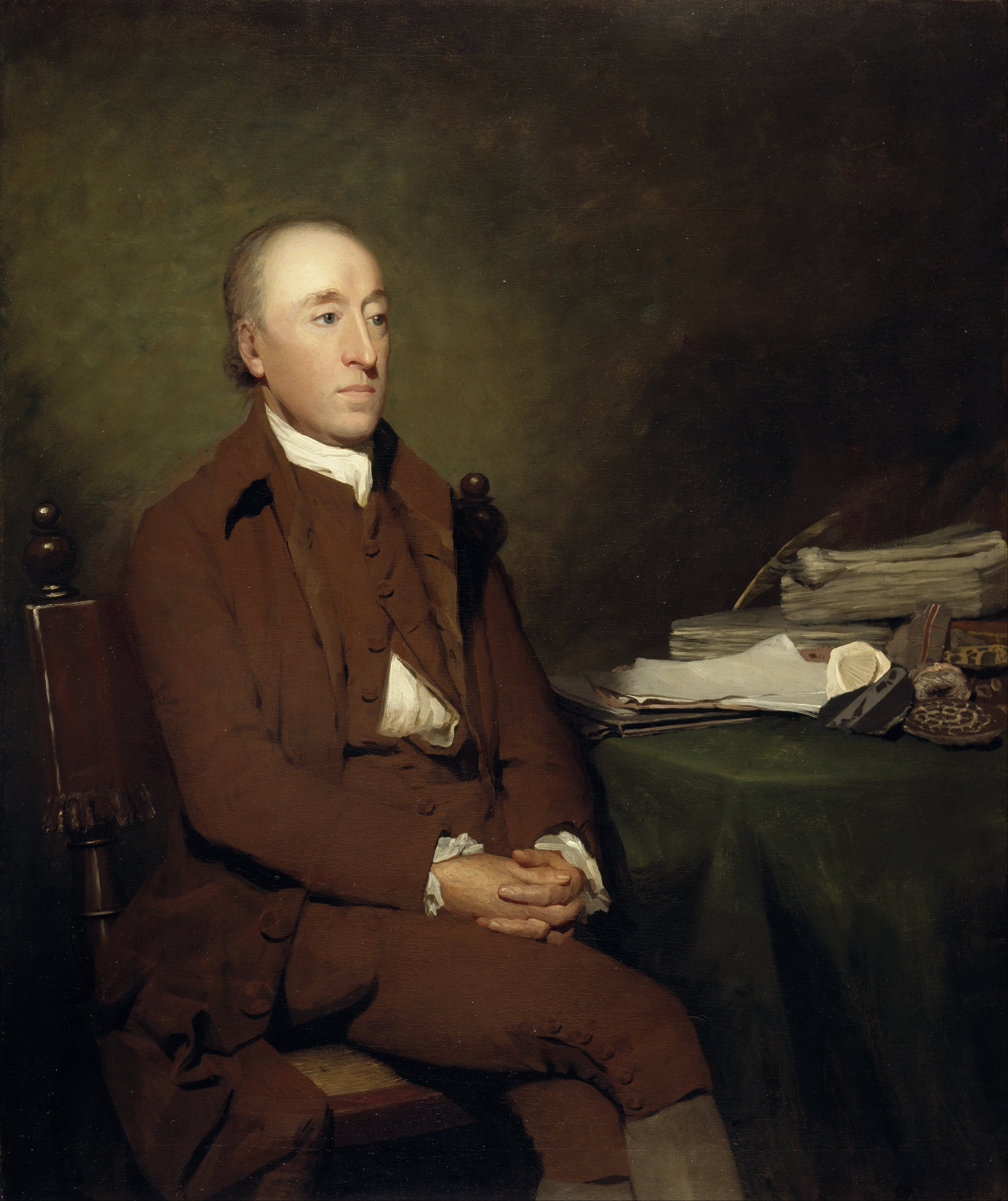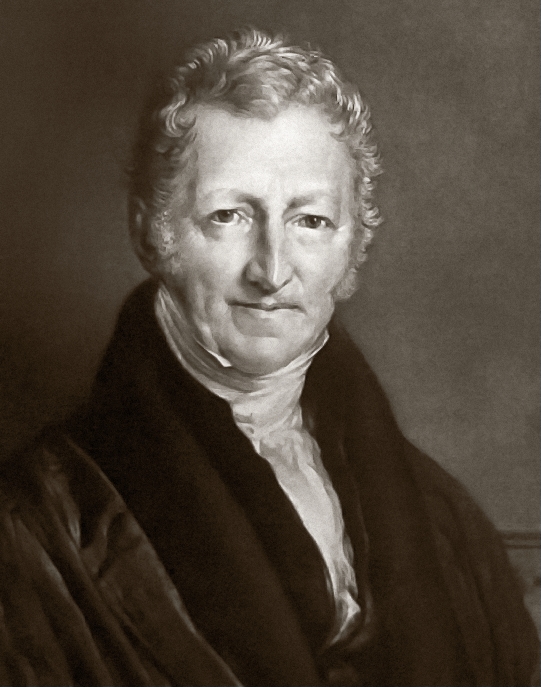I am sure all of you have heard of the Nye vs Ham Debate. If not,
you can watch it here on YouTube. Basically the discussion is Evolution vs Creationism, which is valid and in the background I think there is an idea about teaching them in schools, in science classrooms specifically.
Since this debate aired I keep seeing this
Post on Buzzfeed with questions creationists would like to have answered. In a spark of inspiration (or possibly insanity) I have decided to tackle these 22 questions. I am not sure if this will be one or two posts. I suppose it depends on how much space they take up. In all honesty, I haven't even read all of the questions before getting the idea to do this.
Question #1: Bill Nye, Are you influencing the minds of children in a positive way?
- I am not Bill Nye so I can not answer for him but I am a science teacher so I will take it in my perspective. As a science teacher I think it is valuable to teach students/children critical thinking, the passion to question everything, search for evidence they can observe and to explore every question that crosses their mind. I think it is positive to teach students how to research and how to determine how valid or strong someone's claim is. Also, myself and you could say Mr. Nye as well, are eccentric in some ways. To show a love of self and not hide the quirks that make us individuals is powerful as well. Most science teachers embrace their passions and encourage their students to do the same. These skills will help them all through life. So, yes, I think I have a positive influence on the minds of the students I teach.
Question #2: Are you scared of a Divine Creator?
-No. In fact I am religious, though not a creationist, and a scientist. I have no fear of a creator. (on a side note, if this is geared toward Atheistic scientists why would they be scared of something they don't think exists? Just a curious counter question.)
Question #3: Is it completely illogical that the Earth was created mature? i.e. trees created with rings... Adam created as an adult.
- In my perspective, yes. I look around and notice that all multi-cellular animals and plants come into being as babies/larvae/seeds. If we look at history we see individuals writing about the birth of baby animals. We can also see baby animals, eggs and tiny skeletons, in the fossil record. This tells me that multi-cellular life, from the beginning, was born as babies of some sort and grew up. I can also observe trees. I see trees sprouting from seeds and gaining rings every year. I can read historical documents about the growth of trees and plants from seeds. I can see seeds in the fossil record, as well as pollen, fruits and flowers, this tells me in the past that trees grew from seeds and gained rings as I observe them growing now. The way nature (development?) progresses has not changed between now and the past.
Question #4: Does not the 2nd law of Thermodynamics disprove Evolution?
- Nye handles this question in the debate but I will sum it up here very shortly. No. The 2nd Law of Thermodynamics is based on a closed system. The Earth is not a closed system. We get energy inputs from the sun. Gases and heat trickle back into space. Man launches things off the Earth that never return to Earth.
"in all energy exchanges, if no energy enters or leaves the system, the potential energy of the state will always be less than that of the initial state." Energy enters and leaves the system we call Earth all the time so this Law is not applied to the Earth.
Question #5: How do you explain the sunset if there is not God?
-This assumes that I believe that God, as in the Christian deity, created the Earth I live on which is not the case for everyone around the world. Other religions will believe other deities produced the sunset and that God had nothing to do with it or doesn't exist.
- On the science side of things. Sunlight is refracted among the particles of the atmosphere. As the sunsets the light must pass through more particles and shifts from the blues of day to the reds of sunset. The same happens at sunrise. There are many awesome papers out there that describe this phenomenon. Here are a couple.
Layman's version from Science Direct
More in depth from NOAA. With pretty pictures and diagrams
Question #6: If the Big Bang Theory is true and taught as science along with Evolution, Why do the laws of Thermodynamics debunk said theories?
-First if one science theory is wrong it does not cascade across multiple disciplines causing their theories to be wrong. The Big Bang Theory is a physics/astronomy theory, Evolution is a biological one.
- That aside refer to question #4 for evolution and more explanation. The Universe is also not a closed system. Current science theories are for an ever expanding, visible universe. If it is expanding, it is adding to the system (in this case space) and the system is no longer closed. As mentioned before thermodynamics does not deal with open systems.
Question #7: What about Noetics?
-Noethics is a study of philosophy and not a study of science.What about it? Noethics is not a science discipline and we are talking about science. I don't know what this question is getting at.
Question #8: Where do you derive objective meaning in life?
-This is another question that is not science at all but a question from Philosophy but I will answer it anyway. All over. I see the impact of my person on the well being of others. I feel joy when the sun warms me with all of its radiation and when the sound waves from little Aves shake my eardrums. The significance of my life is defined by how I interact with my world... with my fellow humans. Objective meaning of life is a question of what I find meaningful and what those around me find meaningful regarding my life. I find exploring myself through writing this blog post is meaningful. Others, and myself, find my writing in this blog in general meaningful because they can learn here and ask questions knowing an answer will come. There is plenty of meaning that can be defined without a creator of any kind involved.
Question #9: If God did not create everything, how did the first single-celled organisms originate? By chance?
- That all depends on how you define "by chance". There is an entire branch of science devoted to determining how those first cells formed. This topic is also very heavily studied by Astrobiologists as they try to determine where else in the universe life might evolve. There are some spontaneous chemical reactions that happen which are vital for cells to form. For example, when the lipids (phospholipids) that make up cell membranes are put into water they form membranes due to the interactions between the lipids and the water. One end of the lipid is attracted to water and the other end is repelled by water. These lipids align so that they form balls/membranes. This is also a very in depth topic so here are some sites to learn more.
Berkley and Life Origins
A whole book chapter with diagrams
Question #10: I believe in the Big Bang Theory... God said it and Bang it happened.
-WAIT this isn't even a question. I can't answer it but as a scientist I want this young woman to create an experiment and she and I can do autonomously that tests her hypothesis. When we can both test it through experimentation then we can talk about this as a science question.
Question #11: Why do evolutionists/secularists/humanists/non-god believing people reject the idea of their being a creator God but embrace the concept of intelligent design from aliens or other extra-terrestrial sources?
- There is a flaw in this question as Intelligent Design is a form of creationism. The types of people listed in this question do not believe in creationism and therefore would not believe in intelligent design. So, no, they do not embrace intelligent design from God or extra-terrestrial sources.
Question #12: There is no inbetween... The only one found has been Lucy and there are only a few pieces of the hundreds necessary for "official proof".
- I am not sure what official proof is but there have been hundreds of Hominid skeletons found as well as ancient apes and other kin. This is another topic too broad to handle here so I will leave you with some websites.
The Smithsonian Institute on Human Fossils
Fossil Works has a HUGE database on fossils including many of the Hominid skeletons.
Question #13: Does metamorphosis help support evolution?
- This question assumes all metamorphosis are the same and evolved the same way. This is not true at all. The metamorphosis of a frog, for example, is very different from that of a butterfly. There are mounds of papers on this subject but there is a particularly good one
from Scientific American which talks about evolution, metamorphosis and the history of the discoveries surrounding it.
Question #14: If Evolution is a theory (like creationism or the bible), why then is Evolution taught as a fact?
- First, I never knew the bible was a theory. Can someone explain that part to me? I think what needs to be explained here is the definition of a Theory and how we, as scientists, develop science theories. I am actually going to reference Wiki here because their first paragraph really does a great job at explaining what a scientific theory is.
"A scientific theory is a well-substantiated explanation of some aspect of the natural world, based on knowledge that has been repeatedly confirmed through observation and experimentation.Scientists create scientific theories from hypotheses that have been corroborated through the scientific method, then gather evidence to test their accuracy. As with all forms of scientific knowledge, scientific theories are inductive in nature—that is, they seek to supply strong evidence for but not absolute proof of the truth of the conclusion—and they aim for predictive and explanatory force."
On this basis creationism is not a scientific theory. Until there is repeatable experimentation and testable hypotheses for creationism it can not be called a scientific theory. Why is evolution taught as a fact? Because repeated experimentation by a vast number of scientists has show that it is the process that lead to the diversity of life forms on the Earth. Creationists would have to develop an experiment that could be conducted by a wide range of scientists that proved that God created diversity. This would be the testing of the hypothesis. If all the scientists involved across a broad range of thinkers came to the same conclusion then Creationism might be a viable theory.
Question #15: Because science by definition is a "theory" - not testable, observable nor repeatable. Why do you object to creationism or intelligent design being taught in schools?
Science is not a theory by definition. Here is the definition of science from several dictionaries:
Science
noun
1.a branch of knowledge or study dealing with a body of facts or truths systematically arranged and showing the operation of general laws: the mathematical sciences.
2.systematic knowledge of the physical or material world gained through observation and experimentation.
3.any of the branches of natural or physical science.
4.systematized knowledge in general.
5.knowledge, as of facts or principles; knowledge gained by systematic study.
— n
1. the systematic study of the nature and behavior of the material and physical universe, based on observation, experiment, and measurement, and the formulation of laws to describe these facts in general term the knowledge so obtained or the practice of obtaining it
-The investigation of natural phenomena through observation, theoretical explanation, and experimentation, or the knowledge produced by such investigation. Science makes use of the scientific method , which includes the careful observation of natural phenomena, the formulation of a hypothesis, the conducting of one or more experiments to test the hypothesis, and the drawing of a conclusion that confirms or modifies the hypothesis.
-Thanks to Dictionary.com
Science is all about testing, observing and repeating. By nature it is all of these things. Theories are part of science but it is not the definition.
Question #16: What mechanism has science discovered that evidences an increase of genetic information seen in any genetic mutation or evolutionary process?
- This is another one of those questions that envelopes several entire college courses. Mutation, non-disjunction, genetic additions or deletions, etc would be likely candidates for some of the mechanisms. Google gave me 58,400,000 selection in half a second on this topic. It seems there are lots of options out there with a search for "mechanisms for genetic additions" I will share some links that I think might answer some of this.
Research Paper on the Genetic Mechanisms that lead to specialized cell types
This is a science heavy explanation of bacterial genetic transfer
Molecular basis of mutations and how that can alter the Genetics
Question #17: What purpose do you think you are here for if you do not believe in salvation?
-This isn't particularly a science question either.. more philosophy or theology but I will address it anyway. I am here to enrich the lives of those around me, to improve my mind and body, to add to the knowledge and expanse of the human community, to eliminate suffering when I see it, to help others when they are in need, to express compassion, to create beauty in this world.. There are thousands of purposes I have without salvation.
Question #18: Why have we found only 1 "Lucy", when we have found more than one of everything else?
Lucy is the name of a skeleton from the species
Australopithecus afarensis. There have been about 300 individual skeletons of this species found. More can be read
here on the Smithsonian.
Question #19: Can you believe in the "Big Bang" without "faith"?
- Science is not a faith. Faith is the belief in something that is not based in proof. (again Dictionary.com definition) Since the Big Bang is part of science and science requires proof. Faith and science are mutually exclusive terms.. Science requires proof to believe... faith is belief without proof.
Question #20: How can you look are the world and not believe someone created/thought of it? It's amazing.
- I agree it is amazing. I suppose the other side of this question, the one I want to ask this questioner.. is "The world is amazing. How can you not want to use science to understand how all this amazing stuff works?"
This question is more an opinion than a real question.
Question #21: Relating to the Big Bang Theory... Where did the exploding star come from?
-There is a science based problem with this question... at the time of the Big Bang there were no stars. The Big Bang and the development of the universe is a huge topic, too huge to talk about here though it is one of my favorite astronomy topics (next to Black Holes).
NASA and
BBC Bitesize have some great intro articles on the topic.
Also love this poster. Also, any of the books by Stephen Hawking will discuss this in depth.
Question #22: If we came from monkeys then why do we still have monkeys?
-This is based on the misconception that evolution is a straight line..
This picture is the culprit in this problem. For years this was the image of human evolution. This is an oversimplified and false representation.
This is a more accurate representation. Or even this simplified one. It is a branching pattern. Some branches make it to current day like modern humans, gorillas and howler monkeys. Other branches terminate before the modern times meaning they have gone extinct. All of this is based in a scientific practice/field called phylogenetic studies. Understanding phylogenies will help answer this question. I suggest
Berkley and
Another Berkley with a cool walk through exploration design. and
A basics of the concepts here.
If there are anymore questions about these topics, want me to go more in depth? Send me a message and I will address your science questions.











